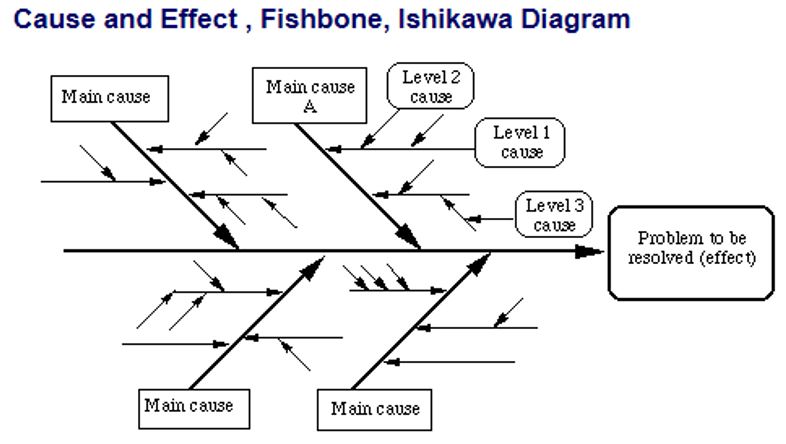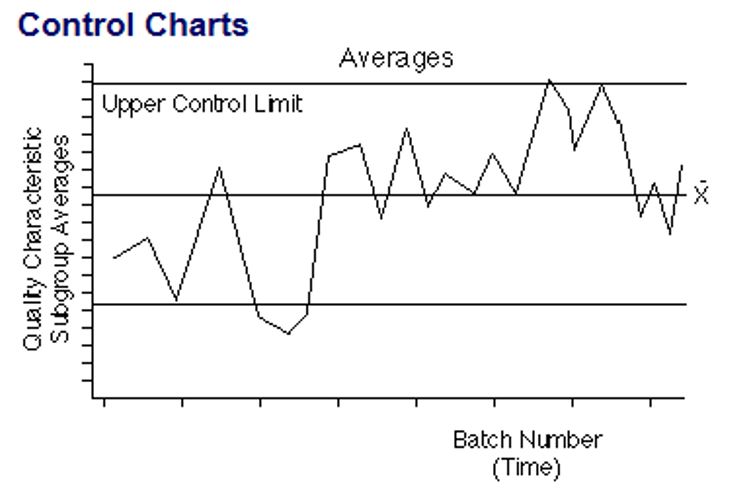 All papers examples
All papers examples
Disciplines

- MLA
- APA
- Master's
- Undergraduate
- High School
- PhD
- Harvard
- Biology
- Art
- Drama
- Movies
- Theatre
- Painting
- Music
- Architecture
- Dance
- Design
- History
- American History
- Asian History
- Literature
- Antique Literature
- American Literature
- Asian Literature
- Classic English Literature
- World Literature
- Creative Writing
- English
- Linguistics
- Law
- Criminal Justice
- Legal Issues
- Ethics
- Philosophy
- Religion
- Theology
- Anthropology
- Archaeology
- Economics
- Tourism
- Political Science
- World Affairs
- Psychology
- Sociology
- African-American Studies
- East European Studies
- Latin-American Studies
- Native-American Studies
- West European Studies
- Family and Consumer Science
- Social Issues
- Women and Gender Studies
- Social Work
- Natural Sciences
- Anatomy
- Zoology
- Ecology
- Chemistry
- Pharmacology
- Earth science
- Geography
- Geology
- Astronomy
- Physics
- Agriculture
- Agricultural Studies
- Computer Science
- Internet
- IT Management
- Web Design
- Mathematics
- Business
- Accounting
- Finance
- Investments
- Logistics
- Trade
- Management
- Marketing
- Engineering and Technology
- Engineering
- Technology
- Aeronautics
- Aviation
- Medicine and Health
- Alternative Medicine
- Healthcare
- Nursing
- Nutrition
- Communications and Media
- Advertising
- Communication Strategies
- Journalism
- Public Relations
- Education
- Educational Theories
- Pedagogy
- Teacher's Career
- Statistics
- Chicago/Turabian
- Nature
- Company Analysis
- Sport
- Paintings
- E-commerce
- Holocaust
- Education Theories
- Fashion
- Shakespeare
- Canadian Studies
- Science
- Food Safety
- Relation of Global Warming and Extreme Weather Condition
Paper Types

- Movie Review
- Essay
- Admission Essay
- Annotated Bibliography
- Application Essay
- Article Critique
- Article Review
- Article Writing
- Assessment
- Book Review
- Business Plan
- Business Proposal
- Capstone Project
- Case Study
- Coursework
- Cover Letter
- Creative Essay
- Dissertation
- Dissertation - Abstract
- Dissertation - Conclusion
- Dissertation - Discussion
- Dissertation - Hypothesis
- Dissertation - Introduction
- Dissertation - Literature
- Dissertation - Methodology
- Dissertation - Results
- GCSE Coursework
- Grant Proposal
- Admission Essay
- Annotated Bibliography
- Application Essay
- Article
- Article Critique
- Article Review
- Article Writing
- Assessment
- Book Review
- Business Plan
- Business Proposal
- Capstone Project
- Case Study
- Coursework
- Cover Letter
- Creative Essay
- Dissertation
- Dissertation - Abstract
- Dissertation - Conclusion
- Dissertation - Discussion
- Dissertation - Hypothesis
- Dissertation - Introduction
- Dissertation - Literature
- Dissertation - Methodology
- Dissertation - Results
- Essay
- GCSE Coursework
- Grant Proposal
- Interview
- Lab Report
- Literature Review
- Marketing Plan
- Math Problem
- Movie Analysis
- Movie Review
- Multiple Choice Quiz
- Online Quiz
- Outline
- Personal Statement
- Poem
- Power Point Presentation
- Power Point Presentation With Speaker Notes
- Questionnaire
- Quiz
- Reaction Paper
- Research Paper
- Research Proposal
- Resume
- Speech
- Statistics problem
- SWOT analysis
- Term Paper
- Thesis Paper
- Accounting
- Advertising
- Aeronautics
- African-American Studies
- Agricultural Studies
- Agriculture
- Alternative Medicine
- American History
- American Literature
- Anatomy
- Anthropology
- Antique Literature
- APA
- Archaeology
- Architecture
- Art
- Asian History
- Asian Literature
- Astronomy
- Aviation
- Biology
- Business
- Canadian Studies
- Chemistry
- Chicago/Turabian
- Classic English Literature
- Communication Strategies
- Communications and Media
- Company Analysis
- Computer Science
- Creative Writing
- Criminal Justice
- Dance
- Design
- Drama
- E-commerce
- Earth science
- East European Studies
- Ecology
- Economics
- Education
- Education Theories
- Educational Theories
- Engineering
- Engineering and Technology
- English
- Ethics
- Family and Consumer Science
- Fashion
- Finance
- Food Safety
- Geography
- Geology
- Harvard
- Healthcare
- High School
- History
- Holocaust
- Internet
- Investments
- IT Management
- Journalism
- Latin-American Studies
- Law
- Legal Issues
- Linguistics
- Literature
- Logistics
- Management
- Marketing
- Master's
- Mathematics
- Medicine and Health
- MLA
- Movies
- Music
- Native-American Studies
- Natural Sciences
- Nature
- Nursing
- Nutrition
- Painting
- Paintings
- Pedagogy
- Pharmacology
- PhD
- Philosophy
- Physics
- Political Science
- Psychology
- Public Relations
- Relation of Global Warming and Extreme Weather Condition
- Religion
- Science
- Shakespeare
- Social Issues
- Social Work
- Sociology
- Sport
- Statistics
- Teacher's Career
- Technology
- Theatre
- Theology
- Tourism
- Trade
- Undergraduate
- Web Design
- West European Studies
- Women and Gender Studies
- World Affairs
- World Literature
- Zoology
Process Gone Wrong, Essay Example
Hire a Writer for Custom Essay
Use 10% Off Discount: "custom10" in 1 Click 👇
You are free to use it as an inspiration or a source for your own work.

Clarification for the President
After a thorough quality audit it was determined that the defects in the manufacture of the precision die castings was not attributable to the normal production process. This on the basis that there has been no change in the process steps that were previously working fine. As such the defects are attributed to another cause. This point can be verified by illustrating each of the process steps in a process flow chart. This demonstrates the original process flows with the TQM report verifying that no changes have been made to the original process flow steps.
The next step will be to produce a Cause and Effect Diagram ( Fig 1 Refers). This is a QM tool that enables you to examine the process dispersion and subsequently look at the causes and effects of process deviation in the problem to be resolved. In this case ‘ What is causing the defect problem in the current manufacturing process’. This helps in the brainstorming of the holistic picture in the manufacturing process. For example analysis might highlight a change in a raw materials supplier that is producing defective materials (cause) and this is later showing up in the process production cycle (effect). Causes may also cascade which means that other causes may be associated with them. For example we have identified a change in the original supplier ( prime cause); new supplier is importing cheap low quality materials from China ( secondary cause); the new supplier has no quality inspection over his imported goods (secondary cause). As you can see this starts to build up a picture of both cause and effect of deviations in the production process i.e. the manufacturing process has not changed but the input of raw materials has changed and this has impacted the quality of production. (Samuel, 2005)

Pareto Diagrams and analysis can also be used to narrow down the field of the search. Most effects are the result of few causes. In the case of the processes being OK this may be due to relatively few other causes like: Raw Materials, Machine Operators, Environmental issues etc. This is a useful QM tool to incorporate with the Cause and Effect approach when trying to narrow down the field of search in the problem assessment. In Fig 2 the reject causes are mapped against the % of rejects.

Changing the process
You demonstrate to the Chairman that the manufacturing process is not the root cause of the problem. This is accomplished in two distinct ways (1) You produce the original process flow charts, where the processes were working perfectly and the QM audit report that signifies that no deviations to the existing processes have been made. Changing process steps will not resolve this problem. It is therefore necessary to establish root cause analysis in order to determine what is taking place. (2) It is the Cause and Effect Analysis that takes you to the root cause of the problem and the impact that this is having on the business. In this example it is the change of the original supplier of raw materials to a new cheaper supplier. The change has resulted in the injection of new raw materials that are of an inferior standard and causing defects to occur in the manufacturing process. (Ho, S.K.M. 1994)
Remedial action steps
Remedial action might be to either resume purchasing from the original supplier, where there was not a problem, or find a new more reliable supplier that can provide the quality of raw materials needed in the production cycle. In addition, any future supplier should demonstrate that they have adequate Quality Management checks in place in order to guarantee an acceptable standard of the materials being sold. Having identified this as being the root cause of the problem this subsequently needs to be verified. A pilot project can be initiated that tests all of the processes using the replaced or previous supply of raw materials. Should the rate of defects subsequently disappear then this has proved the results of the investigation. If there is only a partial positive result it may indicate that another additional problem has also manifested itself. The Cause and Effect diagram needs to be examined for further deficiencies and appropriate investigations conducted until the problem is resolved. Essentially a process of elimination.
Another useful tool in this process is the use of Control Charts in the aid of looking at the production processes and spotting any significant variations that may occur. This is essentially a tolerance based system that employs upper and lower control limits. It enables the examination of sample batches as they proceed through the production cycles. Fig 3 refers.

This also enables you to examine trends in the production cycle in terms of what are considered to be ‘norms’ and variations that are caused through defects or other causes. Checklists are also useful for operational conditions in ensuring that all required steps have been completed and attended to. In this case ensuring that all appropriate actions to remedy the situation have been accounted for before initiating the appropriate remedial procedures that need to be taken.
Works Cited
Ho, S. K. (1994). Developing a TQM Excellence Model. TQM Magazine Vol 6, 24 – 30.
Samuel, L. S. (2005). Total Quality Management. New Delhi: Prentice Hall.
Figure 1 | Cause & Effect Diagram.. 1
Figure 2 | Pareto Diagram.. 2
Figure 3 | Control Charts. 3

Stuck with your Essay?
Get in touch with one of our experts for instant help!
Tags:

Time is precious
don’t waste it!
writing help!


Plagiarism-free
guarantee

Privacy
guarantee

Secure
checkout

Money back
guarantee

